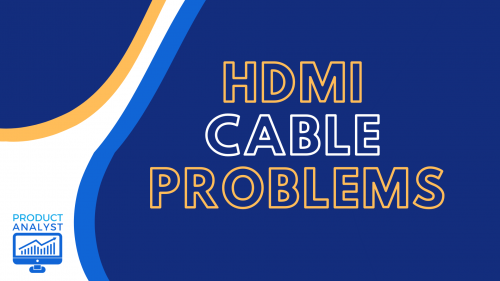
Many of our devices encounter technical difficulties from time to time—speakers could play distorted sounds; televisions might show blurry images, and projector screens may display discolored slides.
However, sometimes, the problem isn’t with the gadgets themselves. The culprit can possibly be your HDMI cable. Fortunately, this problem can easily be fixed by following the steps below.
About HDMI Cables
HDMI is one of the most commonly used connections for multimedia devices, such as in home theater set-ups. This is because HDMI cables are capable of sending audio and video signals from a source (such as a computer or cable box) to a receiver.
Since HDMI cables have a dual purpose, they can stand in for other types of cables that can only fulfill one role. This means you need only one wire for your different devices, which results in fewer complications and an organized workspace.
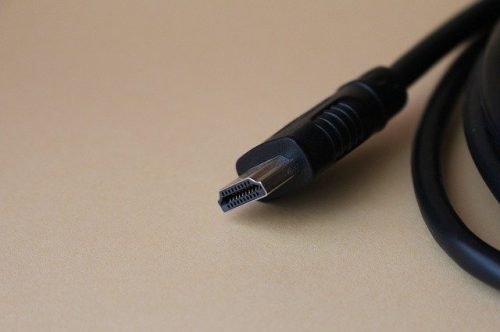
Compared to other connections, HDMI also delivers higher resolution audio and video signals. Note that its high-bandwidth digital copyright protection (HDCP) or ‘HDMI handshake’ ensures copyrighted materials are protected too.
These explain why HDMI is supported by almost all types of televisions and computer monitors today.
Common Problems
Now, despite these advantages, HDMI cables can encounter problems and succumb to wear and tear too.
Here are some common signs that your bad HDMI cable is causing poor audio and video quality.
- No display
- Fuzzy or blurry display
- Discoloration
- Pixelated images or poor resolution
- Intermittent or distorted sound
- No sound
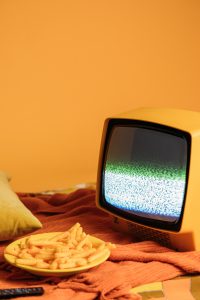
If you encounter these symptoms, check out the quick fixes below before trying anything more complicated.
After all, you don’t want to take apart the bigger devices only to realize afterwards that the HDMI cable was the problem.
How to Fix Your HDMI Cable
Before anything else, turn off the affected multimedia devices and disconnect the HDMI cable. Then follow the steps in order to fix your HDMI cable problems.
Check the Wiring
First, take a look at the HDMI cable. Is it smooth and straight, or is it bent? When the cable is too long, it’s prone to getting kinks and coils that mess with the functionality of the wire inside.
Take the time to uncoil the HDMI cable before reconnecting it to the source and the receiver. Make sure to check it often to make sure it doesn’t stay in a bent position for too long. Otherwise, it could get permanently damaged.
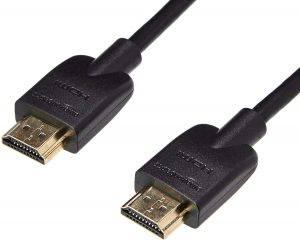
Check the Pins
If the issue isn’t the cable, then it might be the pins. Inspect the pins in the HDMI connector and in the device. Are they bent or broken?
If the pins aren’t positioned correctly, the HDMI connector won’t be able to plug in properly. Consequently, you may get a poor, blurry display or no display at all.
Check the Connections
Next, test the fit of your HDMI connections. Although many devices are HDMI-compatible, some ports may be sized differently than others, resulting in a fit that’s too tight or too loose.
Ensure all HDMI connections are secure before proceeding.
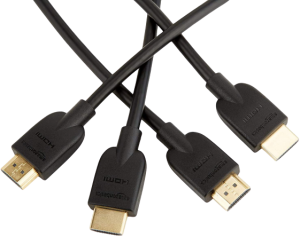
Test a Different Cable
To check if your HDMI cable is really the problem, test out a different type of cable to connect video or audio between your source and your receiver.
Alternatively, you can use a working HDMI cable if you have a spare lying around.
If this test proves the HDMI cable is broken, toss it and buy a new one. HDMI cables are relatively cheap, but try to take care of them so they don’t wear out so quickly.
Update Software
Another possible issue is if the software across your connected devices isn’t updated. The ‘HDMI handshake’ feature we mentioned earlier is affected by software updates, so it may cause temporary incompatibility. Just make sure you keep everything up to date.
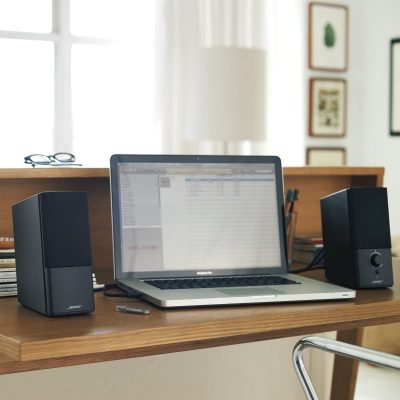
Restart the System
Is your device still not working? Consider a simple solution: Restart the whole system.
If this doesn’t solve your problem immediately, you can also try different power up sequences (like turning on the receiver before the TV or vice versa) to see if that works.
Remember to select the correct input on your TV so it knows which source to connect to [1].
Seek Professional Help
If all else fails, contact a professional to help you with repairs. It could be a sign that your situation is a lot more complicated than the ones above.
Or, you can check the brand website of the HDMI cable you bought and see for any troubleshooting tips.
Conclusion
If you’re suddenly encountering poor audio or video quality, there is no reason to panic. Just follow the steps and tips above to solve your HDMI cable problems, and if video or audio problems continue to persist, you might need to purchase a new cable.
The post HDMI Cable Problems: A Troubleshooting Guide appeared first on The Product Analyst.
from The Product Analyst https://theproductanalyst.com/hdmi-cable-problems/
No comments:
Post a Comment